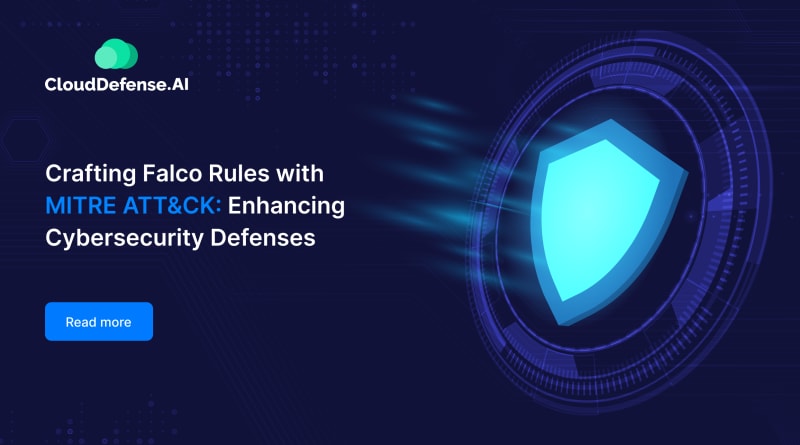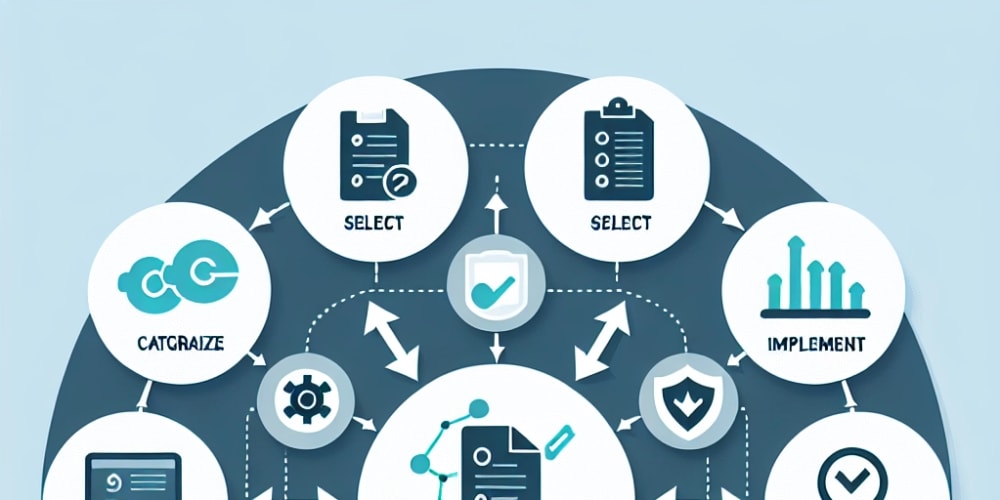In today's ever-evolving cybersecurity landscape, organizations grapple with the daunting challenge of identifying and effectively mitigating increasingly sophisticated threats. To confront this challenge head-on, the MITRE ATT&CK® Framework has emerged as an indispensable tool for security practitioners. In this article, we delve into the numerous advantages of using ATT&CK as the foundational pillar for comprehensively understanding threats and explore how the open-source tool, Falco, can be harnessed to detect and respond to these threats with precision.
The MITRE ATT&CK Framework stands as a comprehensive repository, meticulously documenting tactics, techniques, and procedures (TTPs) frequently employed by cyber adversaries. By cultivating a deep understanding of these TTPs, organizations can bolster their defensive capabilities and fortify their cybersecurity posture.
Falco, an open-source runtime security tool, extends its protective embrace to containers, virtual machines, and standalone Linux hosts. It empowers organizations to vigilantly monitor, detect, identify, and respond to any suspicious activities by utilizing static rules defined in a rules file. This allows for real-time detection and the generation of instant alerts.
Whether you are a security analyst, a DevOps engineer, or deeply involved in container technologies, this article offers invaluable insights into harnessing MITRE ATT&CK-focused Falco rules to bolster your environment's defenses against advanced adversarial attacks.
Step 1: Gathering the Essential Details
Understanding the Attacker’s Perspective: Crafting rules to identify specific ATT&CK techniques commences with adopting the mindset of an attacker and envisioning how they might exploit or compromise a victim's environment. A comprehensive study of MITRE’s ATT&CK TTPs provides the foundational knowledge necessary to grasp an attacker's perspective.
Identifying Relevant System Events and Calls: Falco relies on system events (syscalls) generated within the user’s environment to detect malicious activities through static rules. It is of paramount importance to meticulously consider the system calls that transpire during an attack, particularly those pertaining to network activity and file/directory changes.
Step 2: Crafting the Falco Rule
The process of crafting a Falco rule is an iterative one, aimed at effectively identifying specific security threats or malicious activities. In this instance, our focus is on creating a Falco rule to detect the "Inhibit System Service" technique as described by MITRE ATT&CK.
Example Rule: Inhibit System Service Technique
Our attention is honed in on the precise MITRE ATT&CK technique known as "Inhibit System Service," and we craft a Falco rule to detect it effectively. This technique involves attackers targeting recovery services to render the system inaccessible. Attackers may employ commands like "rm" and "systemctl" to delete critical system files or overwrite the hard drive with random data, obstructing system recovery.
Creating an Enabled Field:
The "enabled" field affords the flexibility to enable or disable the rule as the need arises. If left unspecified, the rule is typically enabled by default.
Defining an Output Field:
The "output" field specifies the text that Falco will generate when it detects suspicious activity. The output should be descriptive, encompassing pertinent information such as process names, usernames, container names, or IDs.
Assigning a Priority:
Falco rules can carry varying priorities to signify their urgency. For critical rules, the highest priority level, often termed "CRITICAL," should be assigned.
Incorporating Appropriate Tagging:
Tags function as metadata, supplying additional information about the rule. In this context, we can include tags that aid in categorizing the rule and providing context.
Consolidated Rule:
Conclusion
By harnessing the symbiotic relationship between the MITRE ATT&CK Framework and Falco’s capabilities, organizations can significantly augment their ability to detect and respond to potential threats. Crafting precise Falco rules based on specific ATT&CK techniques empowers proactive threat detection and ensures a robust defense against adversaries.
Nevertheless, this journey is ongoing, and continual refinement of Falco rules remains imperative to minimize false alarms and enhance threat detection accuracy. Empowered with the knowledge gleaned from this article, security professionals and DevOps teams can fortify their defenses and proactively safeguard their environments against evolving threats. In the ever-evolving battle against cyber adversaries, stay vigilant, adapt, and stay one step ahead with MITRE ATT&CK and Falco rules as your stalwart allies.




















